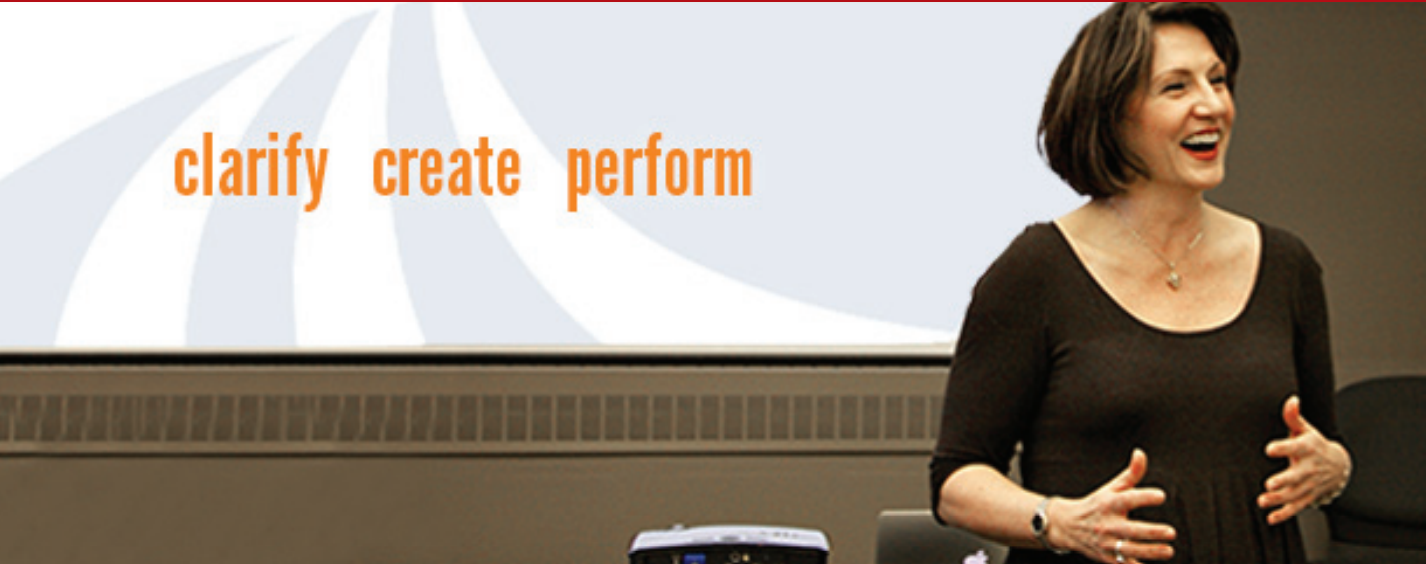Building a Culture of Innovation – One Team at a Time
People don’t often say the words “regulatory agency” and “innovation” in the same breath. But those people haven’t met Ruth Kennedy.
Ruth is a manager of Scientific and RegulatoryLearning and Development in the Canadian government. For years, her staff designed and delivered training to various government branches involved in pesticide regulation, food safety and consumer health. They delivered tried-and-true,instructor-led, classroom training.
Then, all that changed. A new agency dictum called for “relevant, innovative, effective and efficient learning solutions,” ones that delivered“true business value.” Ruth had to retool, not only her product but also the process by which it was made. And she had to do it while continuing to deliver on her agency’s demanding training schedule.
Ruth called for the support of Janice Francisco, Innovation Consultant at BridgePoint Effect, a company based in Canada’s capital city of Ottawa. Janice, who holds both a BBA and an MS degree in Creativity and Change Leadership, was quick to realize that such a significant change in instructional design and delivery would require a deeper shift in attitudes and awareness about innovation. Hers was a 56-day contract with multiple touch points delivered over the course of one-year.
“Government innovation is not an oxymoron,” said Janice, who has done extensive work with the Canadian government. “You just have to build a culture of innovation one team at a time.”
Government innovation is not an oxymoron.
—Janice Francisco
Her strategy was two-pronged. For staff development, she applied an action-learning approach. For innovation and collaboration, she used FourSight.
“When a client speaks about the need to innovate, collaborate and improve team performance, I immediately begin to wonder in what ways mightFourSight provide a solution,” said Janice.
She met with Ruth’s staff and told them that they would be using the FourSight assessment, tools and process. This FourSight framework would help them make innovation structural, language-based, actionable and measurable.
There were skeptics. “How can one tool do all that?” asked one team member. Janice began the formal innovation training process with a one-day“FourSight Breakthrough Thinker” course, where participants got their FourSight scores, learned creative thinking tools and applied the FourSightprocess.
From that day on, Ruth expected her team to show up at meetings armed with their FourSight ToolCards and the Innovation Station process walkthrough pads.
“FourSight is so practical because it gets to how people think,” said Janice. “It gives them the structure for how to think through complex situations. I think people are often afraid to be creative and innovative at work. When a manager makes a commitment to be innovative and says, ‘These are the tools we’re going to use,’ all of a sudden it puts innovation in a completely different light. There’s something people can see and do. They can experience a shift in thinking.”
“Because the manager went through the training with her staff,” Janice continued, “she understands that there is a process of thinking that people need to go through when someone delegates a complex task.”She expects them to use their Innovation Station to extrovert their thinking. “Now she has the means to engage them in a conversation. She can say, ‘Show me your pages.’ When people are using the Innovation Station, she can literally see it.”
A week after the Breakthrough Thinker training, Janice led a 2-hour team summit using the FourSight Team Report. Rather than focus on individual preferences, the team dove into an analysis of their collective problem solving style.
“The Team Report debrief surfaced significant insights about current and past challenges that the team faced in terms of communication and performance,” said Janice. The 2-hour session made it clear how individuals on the team would need to change in order to be able to innovate productively and to achieve the vision they were asked to implement.
“If you really want that culture shift, clearly the manager needs to be part of the training. You need time to apply the process and make the transition to incorporating the process. The manager has to enforce it, telling people to use the process and prove it,.” recommends Janice.
Janice reports that FourSight has helped standardize the process for creating innovative solutions within the unit. Now the language and the steps are explicit and therefore, much easier to assess, measure, validate and reinforce. Janice adds, “Everyone on the team is clear on what innovation looks like and how it is achieved. The mystery for how to engage in creative thinking and innovate is solved.”




